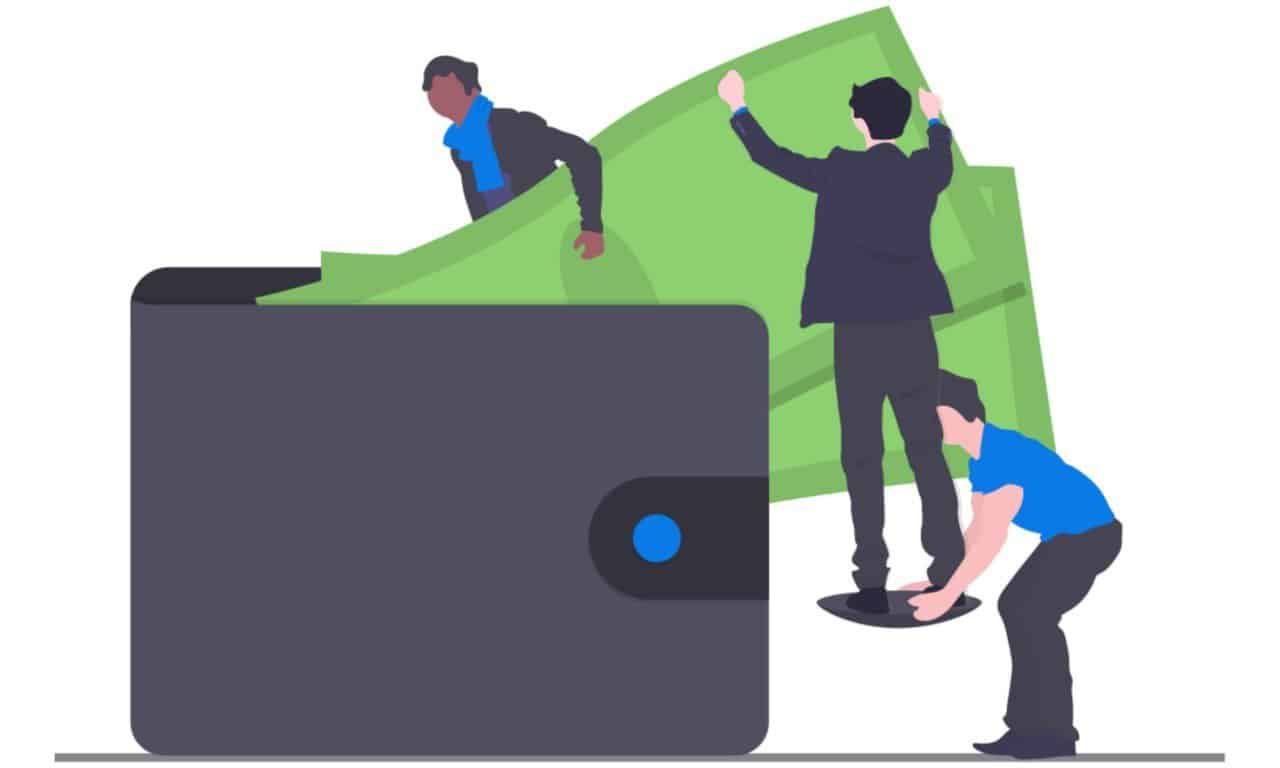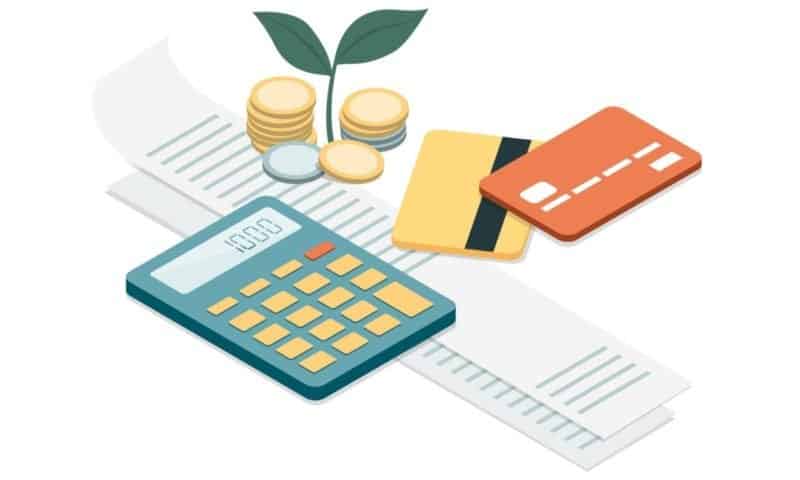In addition to the current coronavirus crisis, we are facing an unprecedented economic disruption that has impacted individuals and companies of all sizes. In order to help you navigate the assistance the government is providing via a stimulus package – what it is, what it means and how you or your company can benefit – ReviewTrackers Controller and CPA Dan Cameron put together a brief overview of critical information in an easy-to-understand format, along with some of his recommended resources so you can learn more about these relief tools.
Disclaimer: this information is educational in nature and not meant to substitute for financial consultation – we recommend getting in touch with your bank or financial institution for additional resources.
The CARES Act, put into effect on March 27, 2020, is a stimulus package aimed to assist employees, businesses, and the U.S. through the coronavirus pandemic. The $2 trillion dollar package includes relief for qualifying individuals, business loans, tax breaks, and assistance for healthcare providers. A detailed breakdown of the allocation of the funds can be found below:
- For individuals – $560 billion
- For hard-hit industries – $500 billion in loans and loan guarantees
- For small businesses – $377 billion in federally guaranteed loans
- For state & local governments – $339 billion
- For public health – $153 billion
For the purpose of this article, we will focus on the benefits that affect employees and businesses of all sizes.

How Does This Affect All Employees?
The stimulus package is providing households with a cash stipend in this time of need. The following amounts and qualifications are as follows:
- Up to $1,200 for individuals:
- To receive the full amount you must have made under $75K. The check amount will phase out $50 for every additional $1K made above $75K.
- Up to $2,400 for couples that file jointly:
- To receive the full amount you must have made under $150K jointly. The check amount will phase out $50 for every additional $1K made above $150K.
Your 2019 tax return will be used to calculate income, but if that has not been filed due to the tax extension, your 2018 tax return will be used. Individuals will not be taxed on this cash stipend on next year’s tax return.
In addition, the CARES Act is increasing unemployment benefits by $600 per month through July 31, 2020. It will also add 13 weeks of coverage to your unemployment benefits.
How Does This Affect Small Businesses (<500 employees)?
As a part of the CARES Act, the Small Business Administration is administering two different programs to help businesses affected by the COVID-19 pandemic.
Paycheck Protection Program (PPP)
The PPP was created by the CARES Act in an effort to help fight the already rising unemployment in the U.S. Since mid-March, there have been 16 million claims filed. This portion of the stimulus package is aimed to protect jobs by offering employers a loan of either up to $10M or 2.5 times their average monthly payroll (the lesser of the two). These loans are potentially fully forgivable if the employer uses 75% or more of the loan for payroll purposes.
Restaurant and hospitality businesses may qualify if they have greater than 500 employees, as long as they have less than 500 employees per location.
If you’re interested in applying for one of these loans, I recommend you reach out to your bank; they are the entity granting these potentially forgivable loans.
Economic Injury Disaster Loan (EIDL)
The EIDL is intended for negatively-affected industries in a time of crisis. The potential loans are up to $2M at a low interest rate.
As a part of this program, you can receive $10,000 of economic relief prior to approval. This loan does not have the same payroll restrictions as the PPP but does not have the possibility of being forgivable.
For more guidance on eligibility, how to apply, and loan calculations check out this website.
Please note: as of 4/16, the SBA has put a pause on accepting any more applications for the PPP and EIDL, as the initial funding has run out. The government is looking to push more funding out, but it is currently in a stalemate in the Senate. Check out some of the resources I list at the bottom of this article for continued updates.

How Does This Affect Midsize to Large Businesses (>500 employees)?
At this time, there has not been much guidance on the loan application process for midsize to large businesses. As of now, the key highlights for the loan program are as follows:
- Loans granted will not have an interest rate higher than 2%.
- Principle and interest will not be due for at least 6 months.
- Companies must retain 90% of their workforce through September 30, 2020.
- These loans will not be forgiven.
Below are some of my favorite sites that can guide you through the CARES Act in more detail.
- For a great detailed overview- NPR article
- For individual and household benefits- CreditKarma article
- For SMB loans eligibility and calculations- Armanino professional guidance
- For midsize and large business information- National Law Review
I wish you all good health and safety in these uncertain times, and I look forward to the day when this is all behind us!